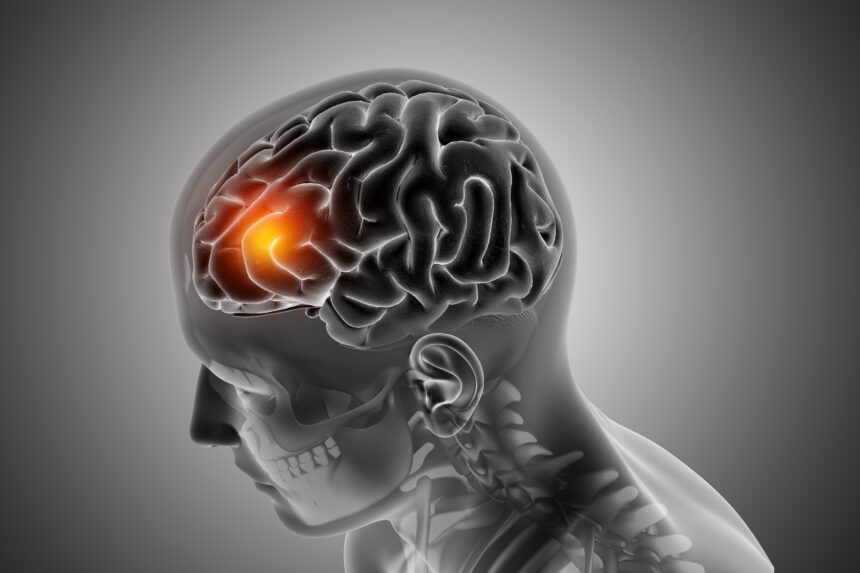image by kjpargeter on freepik
Introduction
Stroke is a significant medical event that transpires when the supply of blood to parts of the brain is hindered or reduced, depriving brain cells of vital oxygen and nutrients. Consequently, brain cells begin to perish precipitously. This health complication is frequently categorized as a medical exigency and necessitates immediate therapeutic intervention. Therefore, it is paramount to comprehend the genesis, symptoms, and treatment of stroke to mitigate the risks and enhance the prospects of recovery.
Comprehending the Genesis of Stroke The Stroke Spectrum
In essence, stroke is classified into two primary categories: Ischemic and Hemorrhagic strokes. These two types are further subdivided, providing a comprehensive stroke spectrum.
Ischemic Stroke
Ischemic strokes, accounting for a staggering 87% of all stroke occurrences, transpire when an artery supplying blood to the brain is obstructed or constricted. This impediment can arise due to local blockage in the brain, known as Thrombotic strokes, or due to a blood clot or plaque debris that originates elsewhere in the body and navigates to the brain through the bloodstream, termed as Embolic strokes.
Hemorrhagic Stroke
On the other hand, Hemorrhagic strokes occur when a blood vessel in the brain ruptures, causing internal bleeding. This bleeding can either be Intracerebral, signifying the bleeding is from the blood vessels within the brain, or Subarachnoid, indicating that the bleeding is in the space between the brain and the membranes that envelop the brain.
Transient Ischemic Attack: A Stroke Precursor
Furthermore, a Transient Ischemic Attack (TIA), colloquially referred to as a “mini-stroke,” is an imperative aspect of the stroke spectrum. A TIA transpires when the brain’s blood flow is briefly impeded, typically for no more than five minutes. Although a TIA is transient and does not cause lasting damage, it is a critical warning sign of a potential, impending stroke and thus, mandates emergency medical care.
Discerning Stroke Symptoms
Recognizing the symptoms of a stroke is crucial for timely intervention and treatment. Some common manifestations of stroke include abrupt trouble with speech, sudden numbness or weakness of the face, arm, or leg, especially on one side of the body, abrupt vision impediments in one or both eyes, and sudden severe headaches. If these symptoms are observed, emergency medical services should be alerted immediately.
Identifying Stroke Risk Factors
Certain conditions and lifestyle choices can substantially augment the risk of experiencing a stroke. High blood pressure, high cholesterol, obesity, physical inactivity, excessive alcohol consumption, and tobacco smoking are among the most common controllable risk factors.
Moreover, certain medical conditions, including diabetes, cardiovascular diseases, and conditions that affect the blood vessels’ functionality, can also escalate the risk. Furthermore, age, race, and genetic predisposition are amongst the non-modifiable risk factors, with the risk of stroke increasing with age and being higher in certain racial and ethnic groups.
Diagnosing a Stroke
Diagnosing a stroke promptly and correctly is critical to minimize brain damage and initiate appropriate treatment. A neurological examination, diagnostic imaging, and other tests are typically utilized to diagnose a stroke. These might include a Computerized Tomography (CT) scan, Magnetic Resonance Imaging (MRI), blood tests, and, in certain cases, an Electroencephalogram (EEG).
Therapeutic Approaches to Stroke Ischemic Stroke Treatment
The primary objective in the treatment of an ischemic stroke is to restore blood flow to the brain. This can be achieved through medications that dissolve clots and prevent others from forming, such as blood thinners like aspirin or Tissue Plasminogen Activator (TPA). In certain cases, emergency procedures may be required to physically remove the clot or to prevent the artery from narrowing again.
Hemorrhagic Stroke Treatment
For hemorrhagic strokes, the goal of the treatment is to control the bleeding and reduce the pressure on the brain. This often involves medications to lower blood pressure, prevent seizures, and improve clotting. In severe cases, surgery might be necessary to alleviate the pressure build-up in the brain.
Prevention of Stroke
Preventing a stroke fundamentally entails addressing the underlying causes. This involves maintaining a healthy lifestyle, including adhering to a balanced diet, maintaining a healthy weight, engaging in regular physical activity, abstaining from smoking, and limiting alcohol consumption. In addition to lifestyle changes, taking anticoagulant or antiplatelet medications can also significantly reduce the risk of recurrent strokes.
Rehabilitation Following a Stroke
Rehabilitation is an integral component of the recovery process following a stroke. Depending on the stroke’s severity, the rehabilitation process can involve speech therapy, physical therapy, occupational therapy, and psychological counseling to help the patient regain lost skills and cope with the physical and emotional changes brought on by the stroke.
Stroke’s Global Impact
In the United States alone, stroke is the fifth leading cause of death, with one in every six deaths from cardiovascular disease attributed to stroke. Every 40 seconds, someone experiences a stroke, and every four minutes, someone dies from a stroke. The financial burden of stroke is immense, with stroke-related costs in the United States amounting to nearly $56.5 billion annually.
A Note on Recurrent Strokes
It is worth noting that recurrent strokes occur in about one in four people who have experienced a stroke within five years of their first stroke. The risk is highest just after a stroke and decreases over time. Recurrent strokes often have more severe consequences, increasing the likelihood of severe disability and death.


